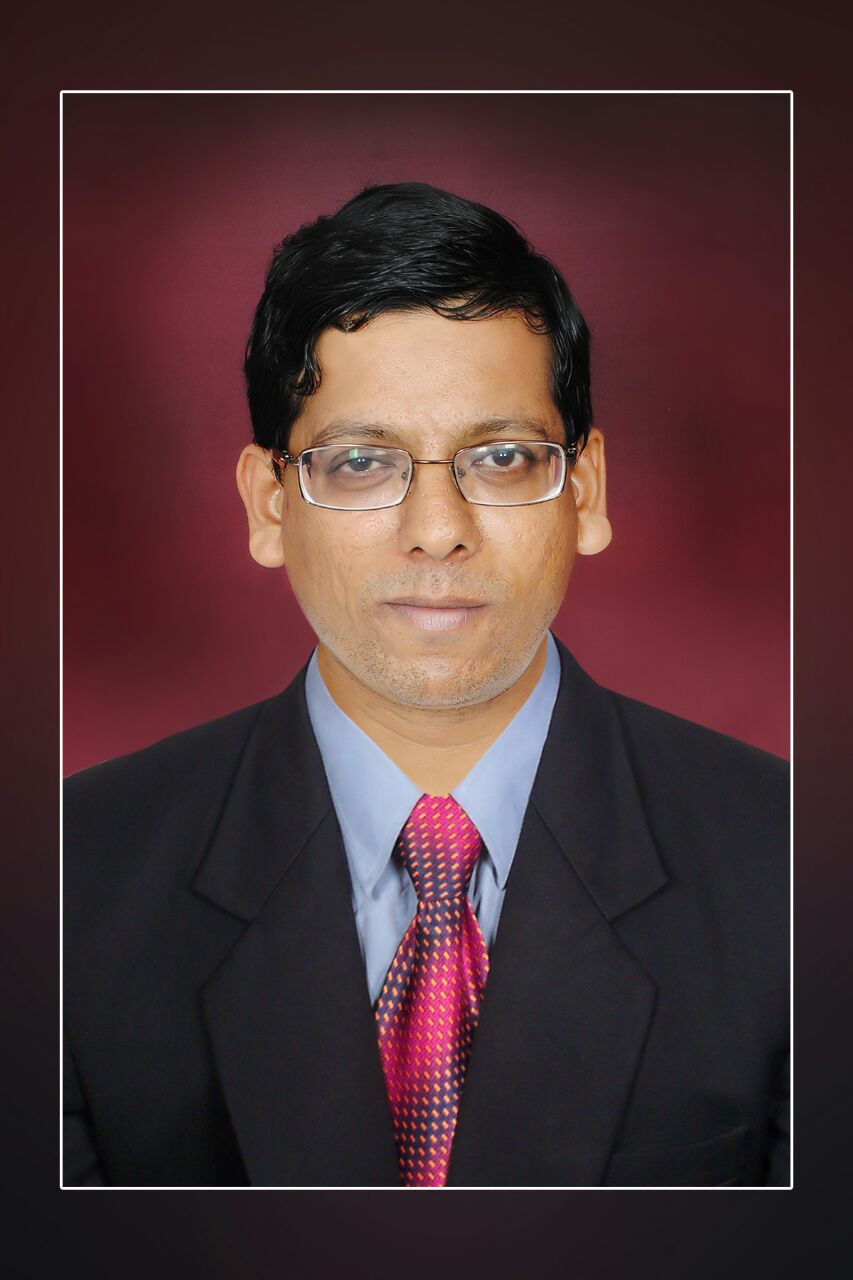Do you want an investment that helps you achieve your financial goals? Are you looking for an investment that offers inflation-beating returns and matches your risk profile? You must consider investing in mutual funds to attain your investment objectives based on risk tolerance. Securities and Exchange Board of India (SEBI), the capital market regulator, has guidelines to make mutual fund investments safer and hassle-free. SEBI has introduced a two-tier structure to benchmark mutual fund schemes based on the investment style and category of the mutual fund scheme. However, does SEBI’s two-tier structure for mutual funds help you?
What is SEBI’s two-tier structure for benchmarking mutual funds?
You have SEBI introducing a two-tier structure to standardise the benchmark of mutual fund schemes. The first-tier benchmark shows the category of the mutual fund, while the second-tier benchmark displays the investment style of the fund manager within the category of the mutual fund scheme.
Currently, you will find the performance of mutual funds measured against a benchmark such as TRI (Total Return Index) of the BSE Sensex and CNX Nifty. For example, the total return index considers the stock prices and the dividend payout, while Sensex and Nifty are based only on the stock price. Moreover, SEBI in January 2018 asked mutual fund houses to benchmark their mutual fund schemes against the total return index (TRI).
You have mutual funds following a single benchmark from their respective categories. However, after the SEBI guidelines, some categories of mutual fund schemes have two benchmarks.
How does the two-tier structure for benchmarking work for different mutual fund schemes?
You have SEBI’s two-tier structure for benchmarking guidelines of mutual fund schemes valid for equity-oriented schemes, debt-oriented schemes, hybrid mutual fund schemes, thematic funds, index funds, solution-oriented schemes, exchange-traded funds (ETFs) and fund of funds schemes (FoFs).
You will find SEBI stating that equity-oriented and debt-oriented schemes under the first tier would have a broad market index under each index provider for every category. However, the second tier focuses on the investment strategy or style of the index.
For example, the first tier benchmark for equity-oriented funds would be a broad market index such as S&P BSE 100 Index and NSE 100 Index for the Large Cap mutual fund category. However, the second-tier depends on the investment style of the index, such as the Nifty 50 Index.
You have debt-oriented funds having the first tier benchmark such as Crisil Ultra Short-Term Debt Index or Nifty Ultra Short Duration Debt Index for the Ultra Short Duration Mutual Fund category. The second tier would be the AAA bond index. However, hybrid mutual fund schemes and solution-oriented schemes have a single benchmark which is a broad market index if available. Otherwise, it involves creating a bespoke for such mutual fund schemes applicable across the relevant industry.
You will find sector funds and thematic funds having only one benchmark as the characteristics of the mutual fund scheme are tapered according to a theme or sector. ETFs and index funds have a single benchmark replicating an underlying index. However, a Fund of Funds (FoF) Scheme investing in only a single fund follows the benchmark of the underlying scheme. You have FoFs investing in multiple mutual fund schemes following a broad market index.
SEBI has asked AMFI (Association of Mutual Funds in India) to publish first-tier benchmarks to be used by AMCs within a month from the date of issuance of the circular and is applicable from 01 December 2021. However, AMCs are free to choose the second-tier benchmark depending on the investment style and strategy of the index. In a nutshell, SEBI’s two-tier structure for benchmarking mutual fund schemes will increase transparency in the mutual fund industry.
For any clarifications/feedback on the topic, please contact the writer at cleyon.dsouza@cleartax.in

I write to make complicated financial topics, simple. Writing is my passion and I believe if you find the right words, it’s simple.





